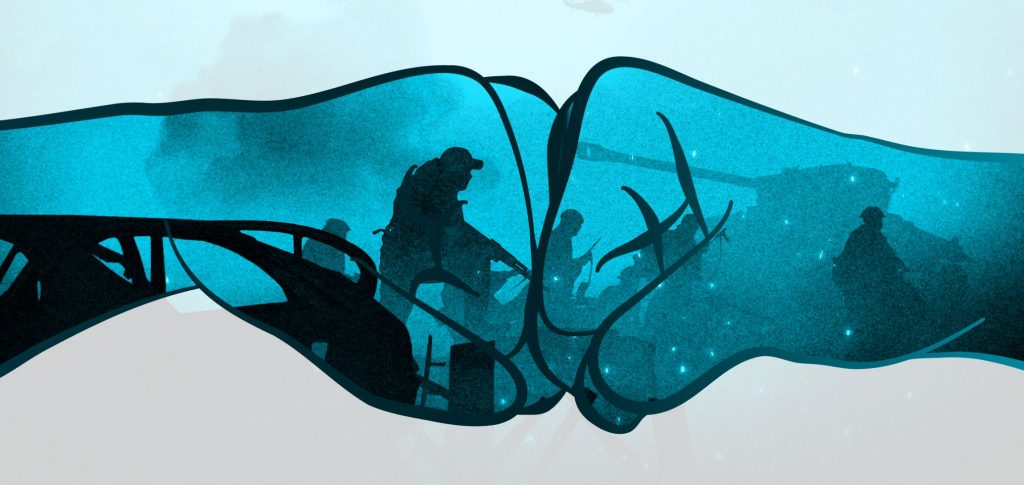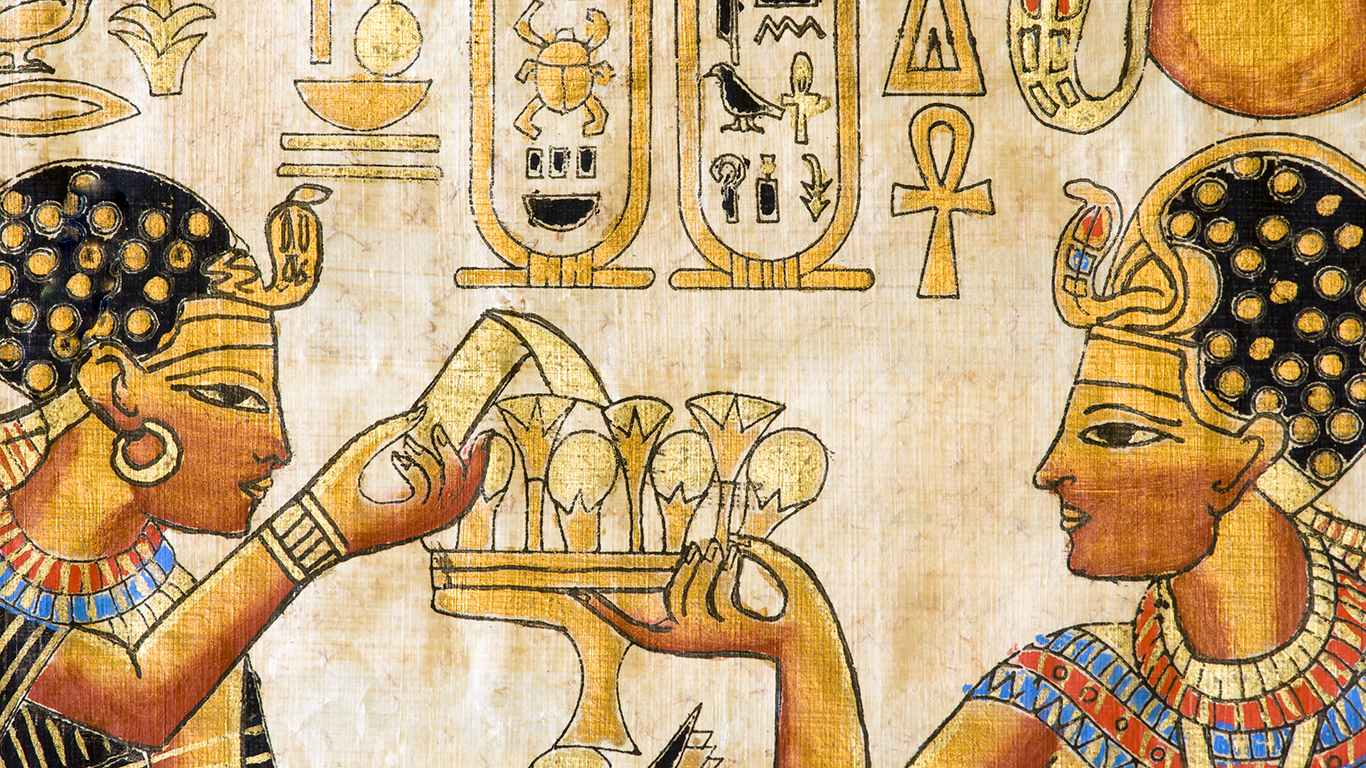Now Reading: Why Wars Shape Modern Economies: Understanding the Impact
-
01
Why Wars Shape Modern Economies: Understanding the Impact
Why Wars Shape Modern Economies: Understanding the Impact

Wars have historically influenced the structure and growth of economies, creating shifts in industries, trade, and labor markets. In India and around the world, both global and regional conflicts have left lasting economic effects, from resource allocation to technological advancements. Understanding how wars shape modern economies helps explain patterns in production, consumption, and government policies that continue to impact societies today.
Economic Disruptions and Resource Allocation
Conflicts often redirect resources toward defense and military production, affecting civilian industries. Governments may impose rationing, taxation, or conscription, altering labor markets and consumer spending. While these measures strain certain sectors, they can also stimulate growth in defense-related industries and infrastructure development.
Technological Advancements and Industrial Growth
Wars accelerate innovation as nations develop new technologies for defense purposes. Many modern technologies, from aviation to computing, originated or advanced during wartime. These innovations often spill over into civilian industries, boosting productivity, creating new markets, and reshaping economic priorities.
Trade and Global Relationships
Conflicts disrupt trade routes and supply chains, forcing countries to diversify partners and rethink economic strategies. Nations affected by war often adapt through import substitution, local manufacturing, or trade agreements, influencing long-term economic resilience and global integration.
Social and Labor Market Changes
Wars impact labor availability, gender roles, and population demographics. In India, for example, historical conflicts led to shifts in workforce participation and migration patterns. These changes can have long-term consequences for productivity, income distribution, and regional development.
Conclusion
Wars shape modern economies through disruptions, technological innovation, and shifts in trade and labor. Understanding these dynamics provides insight into how past conflicts influence present economic structures, policies, and growth patterns, offering lessons for nations navigating challenges in both peace and crisis.

























